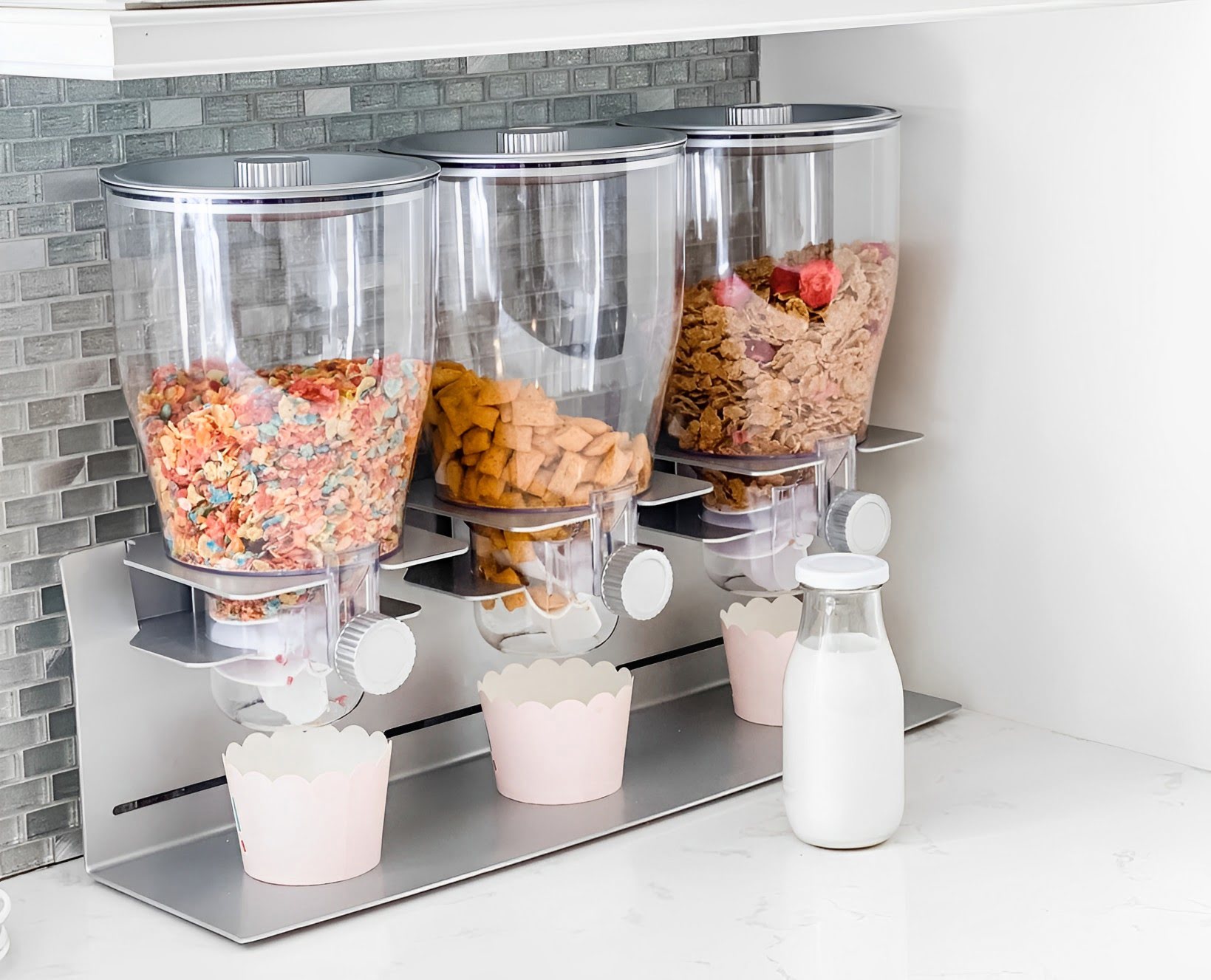

Articles
How To Store Cereal For Long Term Storage
Modified: January 7, 2024
Learn the best tips and tricks to store cereal for long-term storage in this comprehensive guide. Find articles and expert advice to keep your cereal fresh and delicious.
(Many of the links in this article redirect to a specific reviewed product. Your purchase of these products through affiliate links helps to generate commission for Storables.com, at no extra cost. Learn more)
Introduction
Welcome to the world of cereal storage! Whether you’re a cereal lover stocking up on your favorite breakfast staple or a prepper looking to store grains for long-term survival, knowing how to properly store cereal is essential. Proper storage not only helps maintain the freshness and quality of your cereal but also ensures its longevity, saving you money and potential food waste in the long run.
In this article, we will dive into the factors to consider for long-term cereal storage, selecting the right containers, preparing cereal for storage, and techniques for both bulk and small portion storage. We will also discuss monitoring and maintaining optimal cereal storage conditions and share some tips to help prolong the shelf life of stored cereal.
So, whether you’re a cereal connoisseur building a well-stocked pantry or someone preparing for emergencies, keep reading to discover the secrets to successful cereal storage.
Key Takeaways:
- Proper cereal storage is essential for maintaining freshness, nutritional value, and longevity. Factors such as temperature, humidity, and container selection play a crucial role in preserving the quality of cereal.
- Whether storing cereal in bulk or small portions, proper preparation, monitoring, and maintenance are key to prolonging shelf life. By following storage guidelines and implementing best practices, you can enjoy fresh and delicious cereal for an extended period.
Read more: How To Store Cereal Long Term
Why is Proper Cereal Storage Important?
Proper cereal storage is crucial for several reasons. Firstly, it helps maintain the freshness and quality of the cereal. Cereal that is not stored properly can become stale, lose its flavor, and develop an unpleasant texture. Nobody wants to start their day with a bowl of lackluster, crunchy, or soggy cereal.
Furthermore, proper cereal storage helps to preserve the nutritional value of the grains. Cereal is often enriched with vitamins and minerals, and these nutrients can degrade over time if not stored correctly. By keeping your cereal in optimal conditions, you can ensure that you are getting the full nutritional benefits with each bowl.
Another reason why proper cereal storage is important is to prevent pest infestations. Cereal grains are a favorite target for pests such as weevils, pantry moths, and beetles. These unwanted guests can quickly multiply and contaminate your cereal, making it unsafe to consume. By implementing proper storage techniques, you can minimize the risk of infestations and protect your precious cereal stash.
In addition to maintaining quality and preventing pest problems, proper cereal storage is essential for long-term storage. Whether you are stockpiling cereal for emergency preparedness or simply looking to save money by buying in bulk, knowing how to store cereal for the long term is key. By following the correct storage procedures, you can extend the shelf life of your cereal and reduce the risk of spoilage or mold growth.
Overall, taking the time to store your cereal properly is an investment in maintaining its freshness, nutritional value, and longevity. So, let’s dive into the factors to consider when it comes to long-term cereal storage.
Factors to Consider for Long-Term Cereal Storage
When it comes to long-term cereal storage, there are several important factors to consider to ensure the best possible conditions for preserving your cereal. Let’s take a look at each of these factors in detail:
- Temperature: Cereal is best stored in a cool and dry environment. Fluctuations in temperature can cause moisture condensation, which can lead to spoilage and mold growth. Aim for a stable temperature between 50°F and 70°F (10°C to 21°C) for optimal cereal storage.
- Humidity: Excess humidity can be detrimental to cereal storage. Moisture can cause the grains to become stale and potentially attract pests. Keep the humidity level between 30% and 50% for optimum storage conditions.
- Light: Cereal should be stored in a dark area, as exposure to light can degrade the quality of the grains and affect the nutritional value. Consider using opaque storage containers or storing your cereal in a pantry or cabinet away from direct sunlight.
- Airtight Containers: To protect your cereal from moisture, pests, and oxygen, it is essential to use airtight containers. Opt for containers made of food-grade plastic, glass, or metal that have tight-fitting lids. This will help maintain the freshness and quality of the cereal.
- Container Size: Choose a container size that can accommodate the amount of cereal you plan to store. It is generally recommended to store cereal in smaller portions to minimize exposure and reduce the risk of spoilage. If storing in bulk, consider using vacuum-sealed bags for individual portions.
- Container Cleanliness: Ensure that the containers you use for cereal storage are clean and free from any residue or odors. Any contaminants can potentially affect the taste and quality of the cereal.
By taking these factors into account, you can create the optimal conditions for long-term cereal storage. In the next section, we will discuss how to select the right containers for storing your cereal.
Selecting the Right Containers for Cereal Storage
When it comes to storing cereal, selecting the right containers is crucial for maintaining its freshness and quality. Here are a few factors to consider when choosing containers for cereal storage:
- Airtightness: Look for containers that offer an airtight seal to keep moisture, pests, and oxygen out. This will help preserve the crispness and flavor of the cereal for an extended period. Containers with snap-on or screw-top lids are ideal for creating a tight seal.
- Material: Containers for cereal storage should be made of food-grade materials to ensure the safety of the grains. Glass, food-grade plastic, and metal containers are popular choices. Avoid using containers made of materials that can react with the cereal, such as certain metals or low-quality plastics.
- Size: Consider the amount of cereal you plan to store when selecting the container size. If you purchase cereal in bulk, it is recommended to divide it into smaller portions. This will minimize exposure to air and keep the remaining cereal fresh and protected. Smaller containers or resealable bags are ideal for portioning out cereal.
- Transparency: While it’s important to keep cereal away from light, having transparent or translucent containers can help you easily identify the contents and monitor the quantity and condition of the cereal. If using clear containers, be sure to store them in a dark pantry or cabinet to avoid direct light exposure.
- Stackability: If you have limited storage space, consider containers that are stackable. This will help maximize the use of vertical space in your pantry, making it easier to organize and access your cereal collection.
- Ease of Cleaning: Choose containers that are easy to clean and maintain. Look for options that are dishwasher-safe or can be easily wiped clean. Ensuring proper hygiene of your containers will help prevent any contamination or odors transferring to the cereal.
Investing in high-quality containers that meet these criteria will go a long way in preserving the freshness and quality of your cereal. Now that we have covered container selection, let’s move on to the next step in cereal storage: preparing the cereal for storage.
Preparing Cereal for Storage
Before you store your cereal for the long term, it’s essential to properly prepare it to ensure its freshness and longevity. Here are some steps to follow when preparing cereal for storage:
- Inspect and Remove Packaging: Start by inspecting the packaging of your cereal. Check for any signs of damage, such as tears, holes, or insect infestations. If the packaging is compromised, transfer the cereal to a new airtight container immediately to prevent further contamination.
- Check for Expiry Dates: Ensure that the cereal has not expired before storing it. Expired cereal may have reduced nutritional value or may not taste as fresh. Discard any expired cereal to avoid consuming stale or potentially spoiled grains.
- Remove Air: It’s important to minimize the amount of air in the storage container to prolong the shelf life of your cereal. One way to do this is by using a vacuum sealer to remove excess air from the packaging. If you don’t have a vacuum sealer, you can squeeze out as much air as possible before sealing the container tightly.
- Label the Containers: For easy identification, label each container with the type of cereal, date of storage, and expiry date if applicable. This will help you keep track of the freshness of your stored cereal and ensure that you consume the oldest stock first.
- Store in a Cool, Dry Place: Find a suitable location in your home to store the cereal containers. Aim for a cool and dry area away from direct sunlight, heat sources, or areas with high humidity, such as the kitchen near the stove or dishwasher. A pantry or a dedicated storage cabinet works well for storing cereal.
- Organize the Storage Space: Keep your cereal containers organized and easily accessible. Arrange them in a way that allows for easy rotation, ensuring that older containers are used first. This will help you maintain a fresh supply of cereal and minimize waste.
By following these steps, you can ensure that your cereal is properly prepared for storage, which will help maintain its quality and extend its shelf life. Now, let’s explore the different methods for storing cereal in bulk and small portions.
Store cereal for long term storage by transferring it to an airtight container to keep out moisture and pests. Keep it in a cool, dark place to maintain freshness.
Read more: How To Store Cigarettes Long Term
Storing Cereal in Bulk
Storing cereal in bulk is a cost-effective option, especially if you have a large family or prefer to buy in larger quantities. Here are some tips for storing cereal in bulk:
- Choose the Right Containers: Select large, airtight containers that can accommodate the amount of cereal you plan to store. Consider using food-grade plastic bins, glass jars, or metal storage containers with secure lids. Ensure that the containers are clean and free from any lingering odors.
- Divide into Smaller Portions: Even when storing cereal in bulk, it is important to divide it into smaller portions. This minimizes exposure to air and helps maintain the freshness of the remaining cereal. Vacuum-sealed bags or smaller airtight containers are ideal for portioning out the cereal.
- Label and Date: Label each container or bag with the name of the cereal and the date of storage. This will help you keep track of the freshness and rotation of your cereal stock.
- Store in a Cool, Dry Place: Find a cool and dry area to store your bulk cereal containers. Ensure that the storage location maintains a stable temperature to prevent moisture condensation. Avoid storing bulk cereal near air vents, windows, or areas prone to temperature fluctuations.
- Rotate Stock: Practice the “first in, first out” method when using your bulk cereal. Consume the oldest stock first to avoid any potential spoilage or loss of quality. This will also help you keep track of your cereal inventory and prevent any long-term storage of forgotten or expired cereal.
- Frequent Inspection: Regularly inspect your bulk cereal containers for any signs of pests, mold, or staleness. If you notice any issues, discard the affected cereal and take necessary action to prevent further contamination.
Storing cereal in bulk allows you to save money and ensure a continuous supply of your favorite grains. By following these tips, you can maintain the freshness and quality of your bulk cereal for an extended period. Now, let’s explore the alternative method of storing cereal in small portions.
Storing Cereal in Small Portions
Storing cereal in small portions is an excellent option for those who want to maintain the freshness of their cereal and minimize waste. Here are some tips for storing cereal in small portions:
- Portion Control: Before storing cereal, divide it into individual servings or smaller portions. This will help you control your cereal intake and avoid overconsumption. Use resealable bags or small airtight containers to store each portion.
- Airtight Containers: Select small airtight containers that are sized appropriately for each portion of cereal. This helps prevent moisture, pests, and air from entering the containers, maintaining the quality of the cereal for an extended period.
- Label and Date: Label each container or bag with the name of the cereal and the date of storage. This ensures that you can track the freshness and rotation of your cereal easily. Consume the oldest stock first to maintain freshness and quality.
- Stackable Storage: Opt for stackable containers that take up minimal space in your pantry or cabinet. This allows for efficient organization and easy access to your portioned cereal. Consider using clear containers to easily identify the type and quantity of cereal remaining.
- Storage Location: Find a cool and dry place to store the portioned cereal containers. Keep them away from direct sunlight, heat sources, or areas with high humidity. A dedicated pantry shelf or cabinet works well for storing small portions of cereal.
- Frequent Inspection: Regularly inspect your portioned cereal containers for any signs of pests, mold, or staleness. If you notice any issues, discard the affected portion and take necessary action to prevent further contamination.
Storing cereal in small portions allows you to have ready-to-eat servings while maintaining the freshness and quality of the remaining cereal. By following these tips, you can ensure that each portion of cereal is as delicious and nutritious as the first. Now, let’s move on to the next important topic: monitoring and maintaining cereal storage conditions.
Monitoring and Maintaining Cereal Storage Conditions
Monitoring and maintaining the proper storage conditions for your cereal is essential to ensure its freshness and longevity. By following these guidelines, you can create an optimal environment for cereal storage:
- Temperature: Regularly monitor the storage temperature of your cereal. Keep it in a cool area, ideally between 50°F and 70°F (10°C to 21°C). Avoid exposing cereal to extreme temperatures, as this can accelerate spoilage and affect its quality.
- Humidity: Check the humidity level in your cereal storage area. Aim for a humidity range between 30% and 50% to prevent excess moisture absorption. Using a hygrometer or a similar device can help you monitor and maintain the humidity conditions.
- Freeze Test: Periodically conduct a freeze test to ensure that your cereal is free from pests. Simply place a small portion of the cereal in a resealable bag and freeze it overnight. Thaw it and check for any signs of insect activity. If you find any pests, take immediate action to prevent further infestation.
- Visual Inspection: Regularly inspect your cereal containers for any signs of pests, mold, or staleness. Look for any unusual odors, discoloration, or unusual texture. If you notice any issues, remove the affected cereal and take necessary steps to prevent further contamination.
- Container Integrity: Check the airtightness and integrity of the storage containers regularly. Make sure the lids are tightly sealed and there are no cracks or damage that could compromise the storage environment.
- Rotation: Practice proper rotation by consuming the oldest cereal stock first. This ensures that you always have fresh, high-quality cereal on hand. Regularly check the labels and dates on the containers to stay organized and avoid any long-term storage of expired cereal.
- Keep Storage Area Clean: Maintain cleanliness in your cereal storage area. Regularly clean the shelves, containers, and surrounding area to remove any dust, debris, or spilled cereal. This helps prevent potential contamination and pests.
By monitoring and maintaining the proper cereal storage conditions, you can enjoy fresh and delicious cereal for an extended period. Regular inspections and attention to detail will help you catch any issues early and ensure the longevity of your cereal supply. Now, let’s move on to the final section: tips for prolonging cereal shelf life.
Tips for Prolonging Cereal Shelf Life
Prolonging the shelf life of your cereal is essential to ensure that it stays fresh and tasty for as long as possible. Here are some tips to help you extend the shelf life of your cereal:
- Store in the Proper Conditions: As mentioned earlier, it’s important to store your cereal in a cool, dry place away from direct sunlight, heat sources, and high humidity. Maintaining stable temperature and humidity levels will help prevent spoilage and maintain the quality of the grains.
- Keep Containers Sealed: Make sure that your cereal storage containers are tightly sealed after every use. This prevents air, moisture, and pests from entering and causing deterioration. Check the seals periodically and replace them if they become worn or damaged.
- Avoid Transferring Cereal to Open Containers: While transferring cereal to decorative or open containers may seem appealing, it can expose the grains to air and moisture. It’s best to keep cereal in its original packaging or use airtight containers specifically designed for cereal storage.
- Minimize Exposure to Air: Whenever you open a container of cereal, try to minimize the time it is exposed to air. Open the container, take out the desired portion, and promptly reseal the container to prevent moisture absorption and loss of freshness.
- Avoid Contamination: Ensure that your hands and any utensils used to handle cereal are clean and dry. Avoid touching cereal with wet hands, as moisture can affect the quality and texture of the grains. Additionally, be mindful of introducing any contaminants, such as insects or other food items, into the cereal containers.
- Rotate Stock: Practice the “first in, first out” method when consuming cereal. Use the older stock first and make a habit of checking the expiry dates on containers. This helps you avoid wasting cereal and ensures that you consume the freshest cereal available.
- Consider Freezing: If you anticipate not being able to consume your cereal before it reaches its expiration date, consider freezing it. Place the cereal in airtight freezer bags or containers and store it in the freezer. Freezing helps maintain the quality of the grains and can extend their shelf life.
- Keep Storage Area Clean: Regularly clean the storage area for your cereal to prevent the buildup of dust, debris, and potential pests. Wipe down shelves and containers, and vacuum or sweep the surrounding area to minimize the risk of contamination.
By following these tips, you can greatly prolong the shelf life of your cereal and ensure that it remains fresh and delicious. Implementing proper storage practices and being mindful of the conditions in which your cereal is stored will help you enjoy your favorite grains for an extended period. Now, let’s wrap up our discussion.
Read more: How To Store Water For Long Term
Conclusion
Cereal storage is a crucial aspect of preserving the freshness, quality, and longevity of this beloved breakfast staple. By following the tips and guidelines outlined in this article, you can ensure that your cereal remains delicious and nutritious for an extended period.
Proper storage conditions, including maintaining a cool and dry environment with stable temperatures and humidity levels, are key to preserving the freshness of cereal. Choosing the right containers, whether for bulk or small portions, helps create an airtight seal to protect against moisture, pests, and oxygen.
Preparing cereal for storage involves inspecting the packaging, checking expiry dates, and removing excess air from containers. Adhering to the “first in, first out” method and regularly monitoring and maintaining storage conditions are crucial for prolonging the shelf life of your cereal.
Whether you store cereal in bulk or small portions, maintaining a clean storage area, conducting regular inspections, and practicing good hygiene are essential. Labeling containers, rotating stock, and considering freezing are additional strategies for preserving cereal quality and minimizing waste.
By implementing these tips and techniques, you can enjoy fresh and tasty cereal for an extended period, whether you’re stocking up for emergencies, looking to save money by buying in bulk, or simply seeking to maintain a well-stocked pantry.
So, go ahead – apply these knowledge and methods to store your cereal properly, and enjoy a bowl of your favorite cereal whenever you please, knowing that it is at its best every time.
Frequently Asked Questions about How To Store Cereal For Long Term Storage
Was this page helpful?
At Storables.com, we guarantee accurate and reliable information. Our content, validated by Expert Board Contributors, is crafted following stringent Editorial Policies. We're committed to providing you with well-researched, expert-backed insights for all your informational needs.





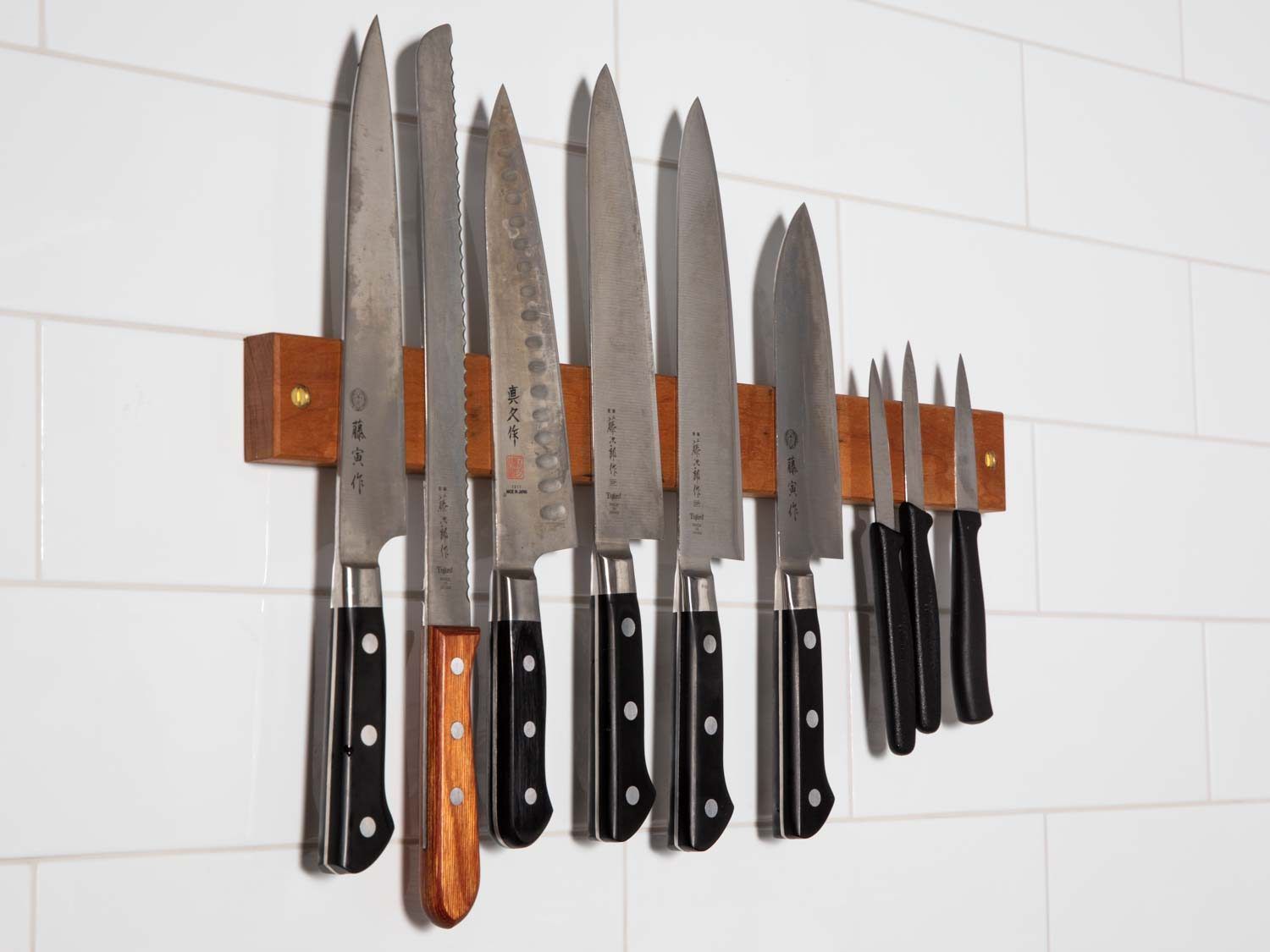

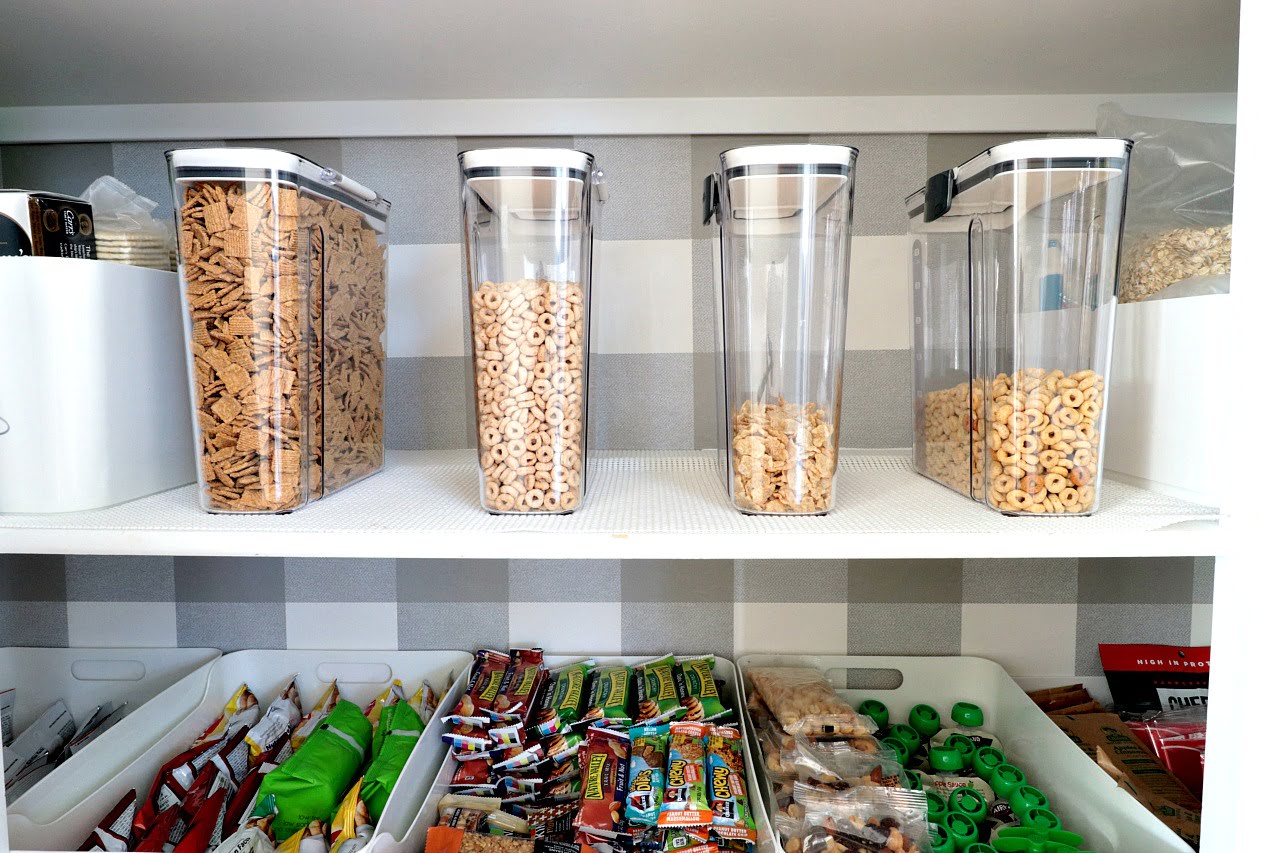
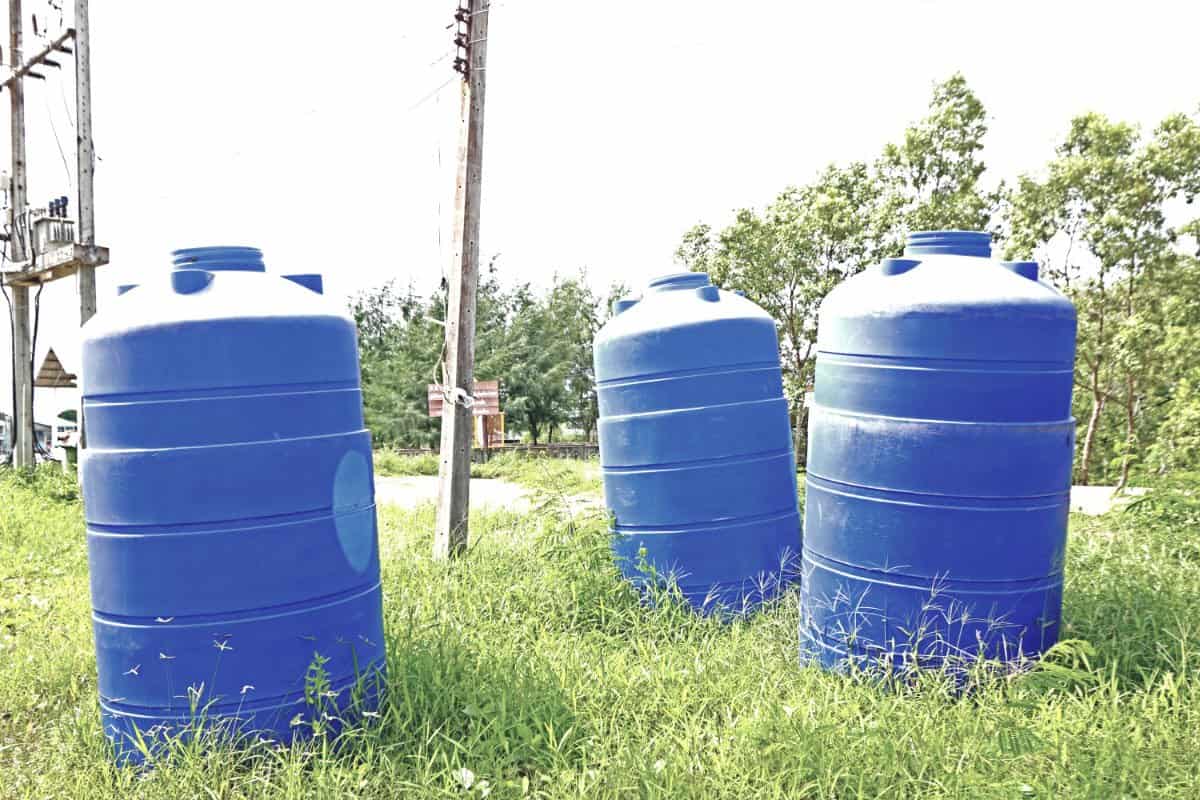


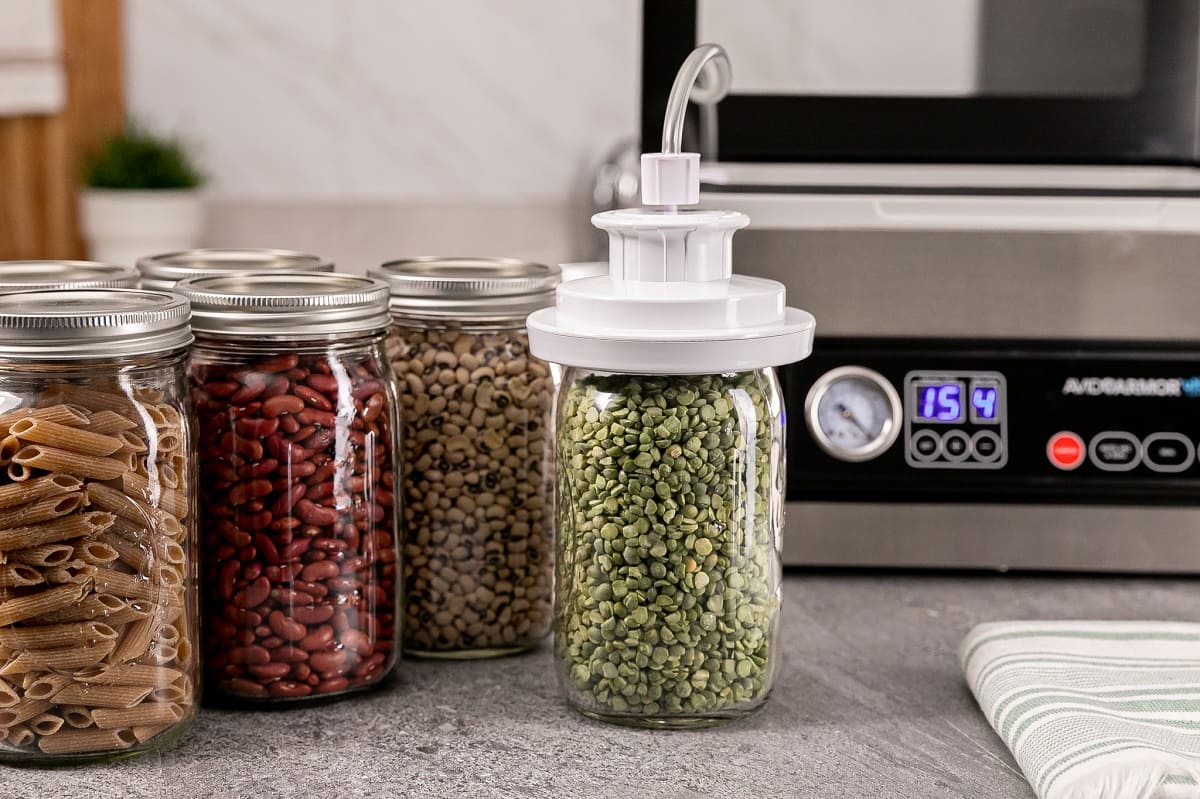
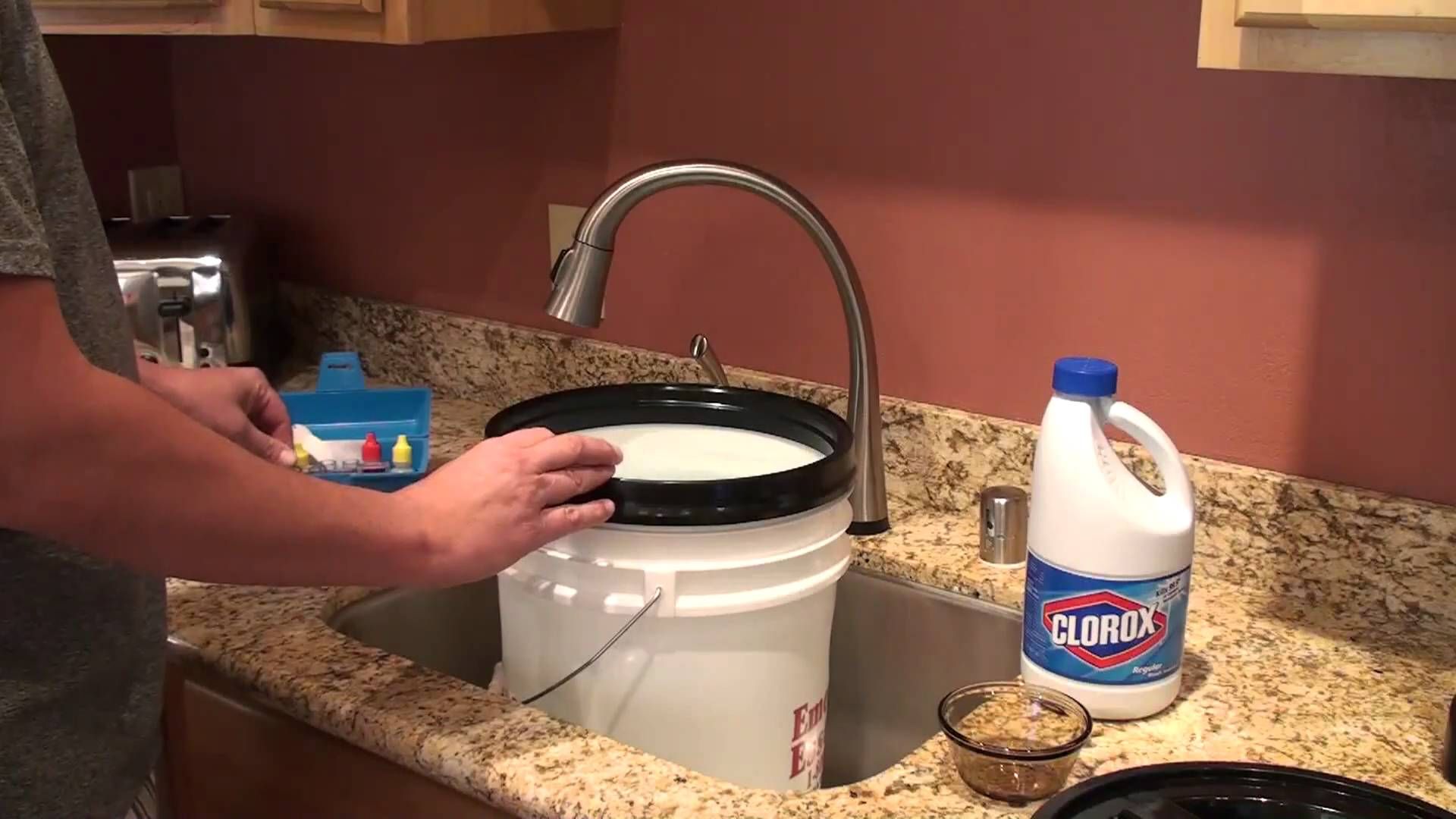

0 thoughts on “How To Store Cereal For Long Term Storage”